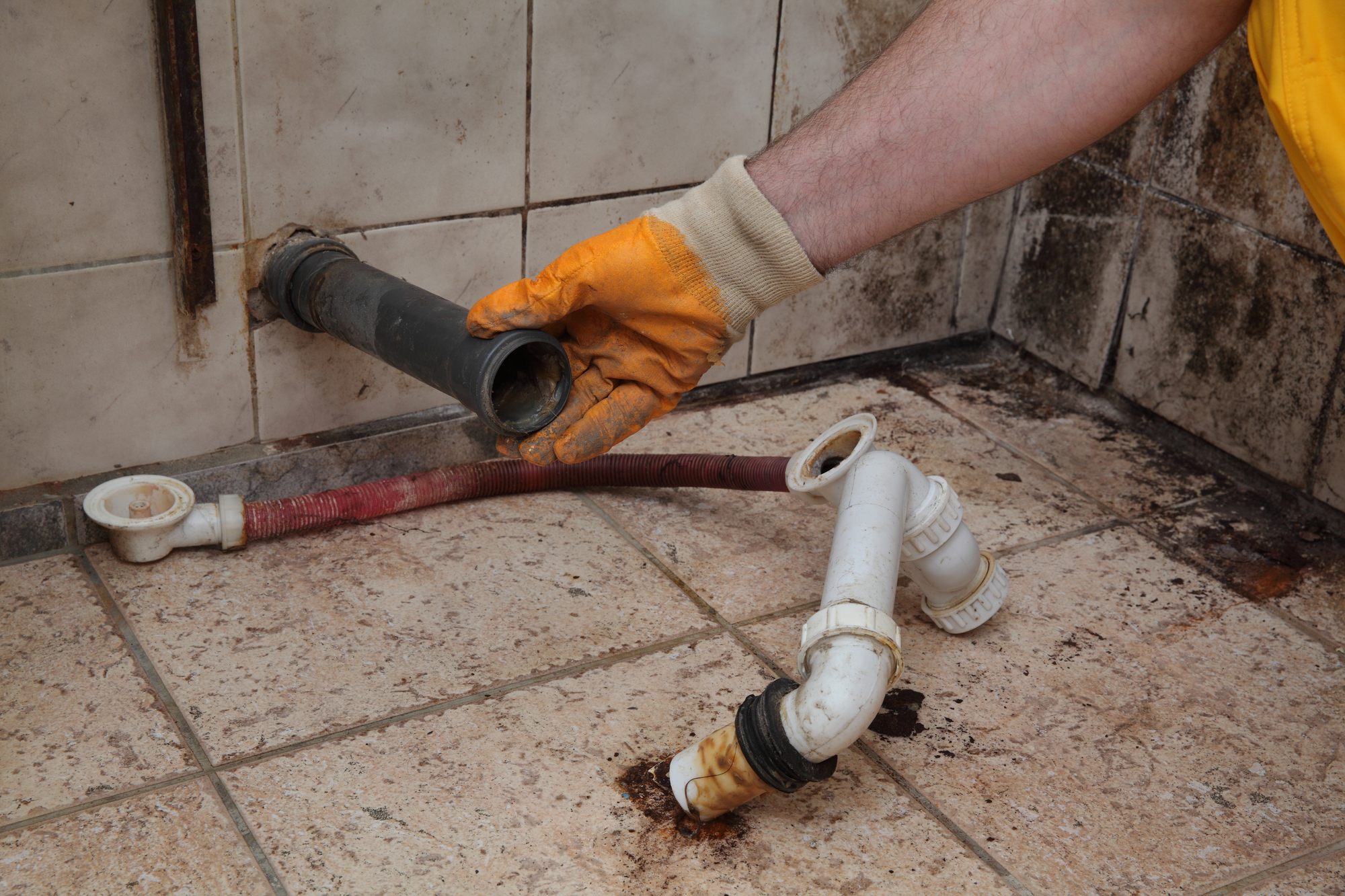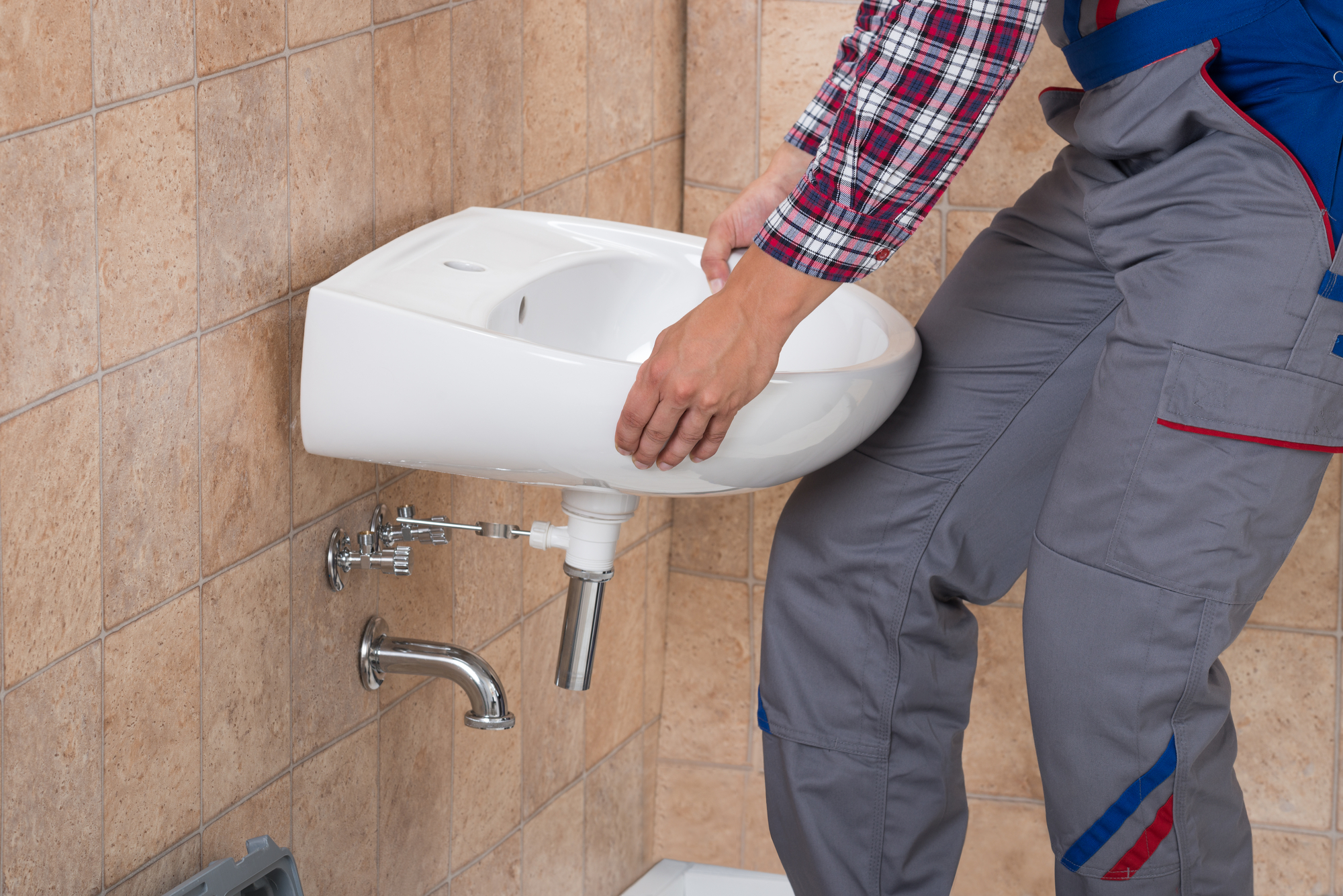An efficient plumbing system is crucial for every home. It ensures the seamless transfer of water in and out of the house, providing convenience and comfort for homeowners. Yet, the intricate network of pipes and drains is often taken for granted—until an uncalled-for problem occurs. In this article, we will dissect the fundamentals of household plumbing, guide you to identify signs of trouble, and help you make informed decisions regarding your plumbing needs.
At its core, a home plumbing system functions on two subsystems: one that brings freshwater in, and another that takes waste water out. The water that enters your home does so under pressure, making its way to your appliances, faucets, and toilets. The wastewater leaving your home is channeled by gravity, moving downwards into the sewer line or your septic system.
Now that we understand its basic workings, let’s shed some light on crucial components that constitute a typical plumbing system.

The water supply system begins with the water main line that extends from the community’s water source. From this mainline, individual supply lines diverge into homes. Each home’s water supply system is equipped with a water meter to keep track of usage. Then, there are shut-off valves (main and fixture valves), enabling homeowners to halt water supply during emergencies or repairs.
Contrastingly, the drainage system, or DWV (Drain-Waste-Vent), comprises multiple components like traps, drainpipes, and vent pipes. The vent pipes, a vital part of this system, maintain proper atmospheric pressure in the drainpipes for a smooth outflow of wastewater.
Now, even the best-maintained plumbing systems are susceptible to problems. Regular inspection and timely maintenance can save homeowners from significant inconveniences and expenses. Identifying red-flag signals calling for professional assistance is a skill every homeowner should arm themselves with. These can be seemingly harmless signs like gurgling sounds, slow drains, bad odor, water stains, or a sudden spike in your water bill.

Understanding when to call a professional is crucial. DIY techniques might offer temporary respite but can often lead to recurrent or bigger plumbing issues. Employing a skilled plumber ensures both, immediate and long-term solutions, steering clear of repetitive repairs.
As global discussions around sustainability gain momentum, the plumbing industry is harnessing advanced tools and technologies to minimize water usage while maximizing efficiency. From pressure-reducing valves that conserve water to trenchless sewer line repair minimizing environmental disruption, the plumbing industry is constantly evolving, giving homeowners various options for their needs.
Additionally, plumbing manufacturers are continually innovating, offering eco-friendly products like water-efficient toilets and showerheads, sensors-equipped faucets, tankless water heaters, and more. Keeping oneself updated with such developments will help homeowners make environmentally conscious and cost-effective decisions.
To conclude, plumbing might appear a mere tool of convenience. However, an efficient plumbing system can significantly influence the home’s overall comfort, sustainability, and cost-efficiency. As homeowners, being proactive, understanding the basics of your plumbing system, being able to identify problems early, and investing in professional services are steps taken towards an efficient home.
Remember, your home’s plumbing system needs as much attention and care as other parts of your home. We recommend scheduling an annual inspection with a professional plumber, ensuring that your plumbing system remains in optimum condition throughout the year.






